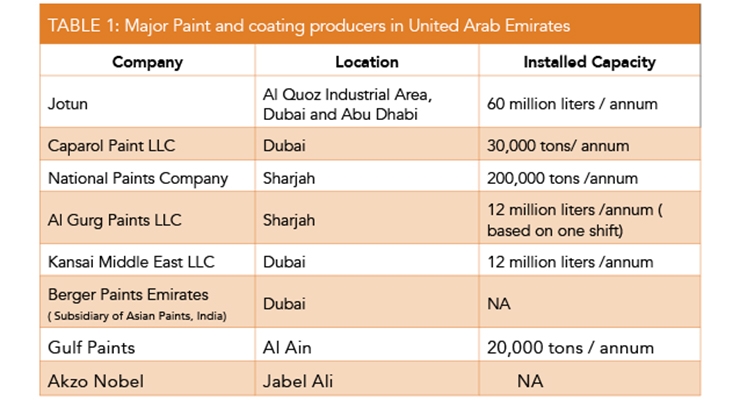Prepare Your Wall Surfaces Correctly For A Perfect Paint Complete
Prepare Your Wall Surfaces Correctly For A Perfect Paint Complete
Blog Article
Material Created By-Thestrup Brewer
Achieving a perfect paint task begins with careful wall preparation. From filling in blemishes to priming surface areas, each step plays a critical role in the final outcome. However what about those tricky edges and sides that can make or break the general look? Stay tuned to uncover expert ideas on just how to browse these tough areas with skill, ensuring a seamless finish that will boost your room to brand-new elevations of elegance.
Wall Surface Inspection and Repair
Evaluating walls for any type of flaws and immediately resolving them via required fixings is critical for attaining a smooth and perfect paint work. Prior to beginning the painting procedure, very carefully take a look at the walls for fractures, openings, dents, or any other damage that could affect the outcome.
Begin by completing just click the up coming post or holes with spackling compound, permitting it to dry totally prior to sanding it to produce a smooth surface area. For bigger dents or damaged areas, think about using joint substance to ensure a smooth repair work.
Furthermore, check for any kind of loose paint or wallpaper that may need to be eliminated. Scrape off any kind of peeling off paint or old wallpaper, and sand the surface to create a consistent appearance.
It's additionally vital to check for water damage, as this can cause mold growth and affect the bond of the brand-new paint. Resolve professional painters of water stains or mildew with the proper cleaning remedies prior to waging the paint procedure.
Cleaning and Surface Area Preparation
To make sure a pristine and well-prepared surface for painting, the next step entails extensively cleaning up and prepping the wall surfaces. Begin by dusting the walls with a microfiber cloth or a duster to remove any loosened dust, webs, or particles.
For even more stubborn dust or grime, a remedy of light detergent and water can be utilized to gently scrub the walls, adhered to by an extensive rinse with clean water. Pay special attention to areas near light buttons, door handles, and walls, as these tend to collect more dust.
After cleaning, it is essential to evaluate the wall surfaces for any cracks, openings, or flaws. These must be filled with spackling compound and sanded smooth as soon as completely dry. Fining sand the wall surfaces lightly with fine-grit sandpaper will certainly additionally help produce a consistent surface area for painting.
Priming and Taping
Before painting, the walls ought to be keyed to make sure appropriate adhesion of the paint and taped to secure surrounding surfaces from roaming brushstrokes. Read More At this website as a critical step in the painting procedure, especially for new drywall or surface areas that have been patched or repaired. It aids seal the wall surface, producing a smooth and consistent surface area for the paint to adhere to. Furthermore, guide can boost the toughness and protection of the paint, ultimately leading to an extra specialist and durable coating.
When it comes to taping, making use of painter's tape along trim, ceilings, and other surfaces you wish to protect is necessary to attain clean and crisp paint lines. staightline is made to be conveniently applied and removed without harming the underlying surface area or leaving behind any deposit. Make the effort to effectively tape off areas before repainting to save on your own the problem of touch-ups in the future.
Verdict
To conclude, appropriately preparing your walls before paint is important for attaining a perfect finish. By checking for imperfections, cleaning thoroughly, keying the surface area, and making use of painter's tape for clean lines, you can ensure a professional-looking paint job.
Putting in the time to finish these steps will result in a smooth and lasting coating that boosts the overall look of your room.
